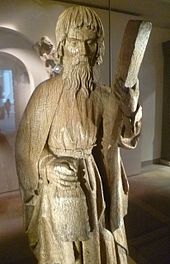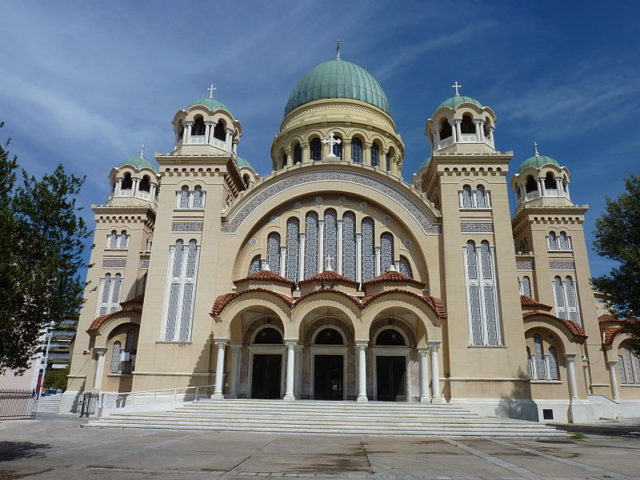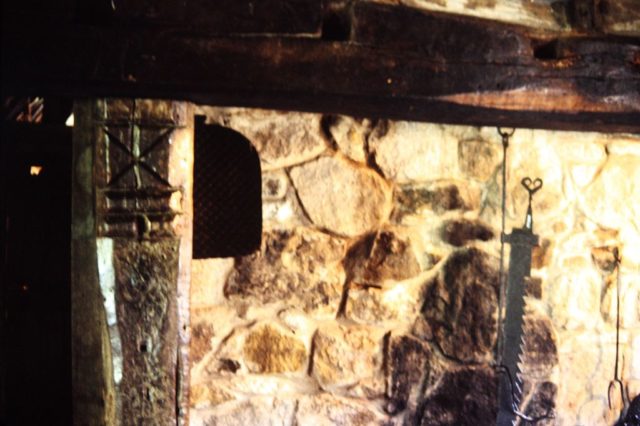St Andrew and his brother Simon Peter were fishermen, born in Copernicum. Prior to becoming a follower of Christ and an apostle, Andrew was a disciple of St. John the Baptist.
According to many legends, the relics of Andrew were transported from Constantinople to the modern Scottish town of St. Andrews.
The legends are based on two of the oldest biblical manuscripts, one of which is now in the Bibliothèque Nationale, Paris and the other in the British Library in London.


According to one of the legends, Andrew was a tireless preacher who traveled all the way from Asia Minor to Ireland. When he arrived in Scotland, he built a church in Fife, in the town that today is known as St Andrews.
His church became a center for evangelism, and pilgrims came from all over Britain to pray there. Another legend states that a few of his relics were brought to Fife by Rule, a native of Patras, during the 4th century.

Most of St. Andrew’s life remains unknown – his early life, where he preached the Gospel, and the location of his grave are all mysteries. It is believed that he was tortured and crucified on a cross in Patras, modern-day Greece.
When he was sentenced to death in 60 AD, St. Andrew refused to be crucified on the same cross as Christ, so he died on an X-shaped cross which is today known as the “St. Andrew Cross.” The cross on the Scottish flag represents the St. Andrew Cross and it is one of the three overlaid crosses on the union flag of the United Kingdom.


In Northern England and Scotland, it is an old custom to put the cross of St. Andrews as a hex sign on the fireplaces to prevent witches from flying down the chimney. It is agreed that the 30th of November is the anniversary of St. Andrew’s martyrdom and the day is celebrated as his feast each year.
Here is another read from us: Arnold of Soissons: the patron saint of beer
The small town of St Andrews, which is also the traditional home of golf, is today a pilgrim destination for people from all around the world.
